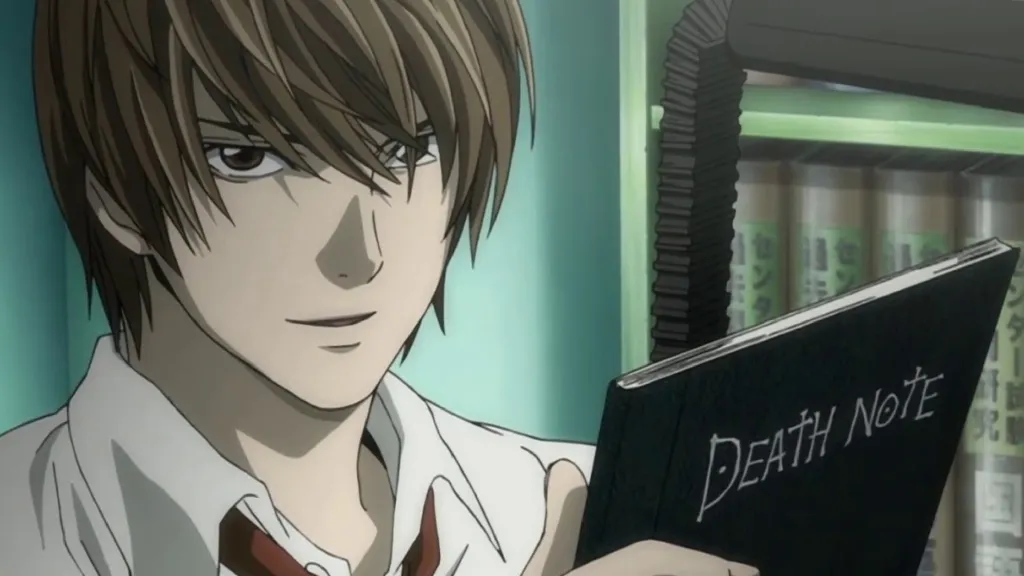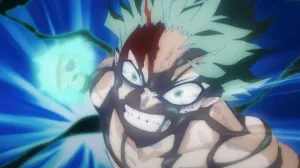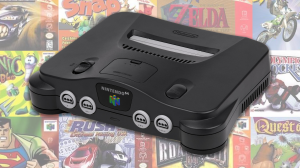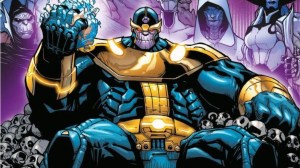Hype is a double-edged sword in the anime world. It can turn a great series into a global phenomenon. But it can also crush genuine artistry under impossible expectations. The problem is, hype often promises perfection: flawless animation, deep storytelling, and emotional payoff. When a show can’t sustain that momentum, disappointment hits harder than the show’s weakest arc ever could.
Videos by ComicBook.com
But when an anime does live up to its hype, it becomes becomes cultural memory. The ones that truly deliver are those that balance spectacle with innovation with emotion. They might not be flawless, but they connect visually and viscerally.
5. Death Note

Death Note follows Light Yagami who discovers the titular notebook dropped by the bored Shinigami (death god) Ryuk. Armed with this supernatural tool, Light aims to rid the world of criminals and create a utopia where he reigns as a god. What made Death Note live up to (and arguably exceed) the hype is its balance between accessibility and depth. It doesn’t require viewers to be hardcore anime fans; its thriller pacing, noir tone, and philosophical questions appeal universally. Some might argue the second half loses steam after a major story event (and they’re not wrong—the pacing dips), but even then, the show sustains enough intrigue through its world-building and ethical tension. In the landscape of mid-2000s anime, few shows achieved mainstream recognition and intellectual credibility the way Death Note did.
4. One Punch Man

What happens when the strongest hero in the world is bored out of his mind? That’s the genius premise behind One Punch Man, an anime that flips the superhero genre on its head with sharp satire. One Punch Man follows Saitama, an ordinary guy who trains so hard (100 push-ups, 100 sit-ups, 100 squats, and a 10 km run every day!) that he becomes an unstoppable force able to defeat any opponent with a single punch. But here’s the twist: being the strongest is boring. There’s no excitement, no challenge, and no glory in a world where monsters fall at the first hit. Saitama’s existential crisis as a hero who’s too powerful is both hilarious and surprisingly relatable, making him one of the most unique protagonists in anime. It lived up to the hype because it delivered something rare: a show that made you laugh at the genre’s clichés, but also reminded you why you loved them in the first place.
3. My Hero Academia

My Hero Academia is a series that redefined modern shōnen by blending superhero spectacle with an emotional sincerity rare in the genre. The story follows Izuku Midoriya (Deku), a powerless boy born in a world where 80% of humanity possesses superpowers known as Quirks. His dream of becoming a hero seems impossible until he’s noticed by the legendary All Might, who passes down his Quirk, One for All, making Deku the heir to a larger legacy of hope and sacrifice. Studio Bones delivers stunning animation, especially during the big fight scenes. Moments like All Might’s “United States of Smash” or Deku tapping into One For All’s full power are pulse-pounding and beautifully animated, making them unforgettable.
2. Demon Slayer: Kimetsu no Yaiba

With its stunning animation and unforgettable characters, Demon Slayer has cemented itself as one of the greatest anime of all time.It follows Tanjiro Kamado, a kind-hearted boy whose family is slaughtered by demons, leaving his sister Nezuko cursed as one herself. Fueled by grief but driven by compassion, Tanjiro joins the Demon Slayer Corps to find a cure for Nezuko and avenge his loved ones. Demon Slayer gave fans something rare—an anime that feels complete. Its pacing is tight, and its arcs are satisfying, from the hauntingly beautiful Mount Natagumo arc to the record-breaking Mugen Train movie, which became the highest-grossing anime film of all time. The story doesn’t drag or overstay its welcome, and every arc feels purposeful, building the tension toward its inevitable conclusion.
1. Attack on Titan

Attack on Titan began as a survival horror epic about giant man-eating Titans and evolved into a complex political tragedy and a philosophical critique of freedom. So, yes the anime transcended its own premise. It wasn’t content being just an action-heavy fight-for-humanity anime. It became a mirror reflecting the darkest corners of human nature. Isayama took the archetypal “avenge the fallen” storyline and layered it with philosophical weight. The anime constantly flipped the audience’s perspective: one season’s hero becomes another’s villain, and righteous causes unravel into atrocities justified in the name of freedom.
Both Wit Studio (Seasons 1–3) and MAPPA (Season 4) delivered breathtaking animation that brought the high-stakes battles to life. The ODM (Omni-Directional Mobility) Gear sequences, where soldiers zip through the air like acrobats to take down Titans, are some of the most exhilarating action scenes in anime history. The Titans themselves are rendered with terrifying detail, and the scale of the battles feels massive and overwhelming, perfectly capturing the sense of humanity’s struggle against impossible odds.
What do you think? Leave a comment below and join the conversation now in the ComicBook Forum!









